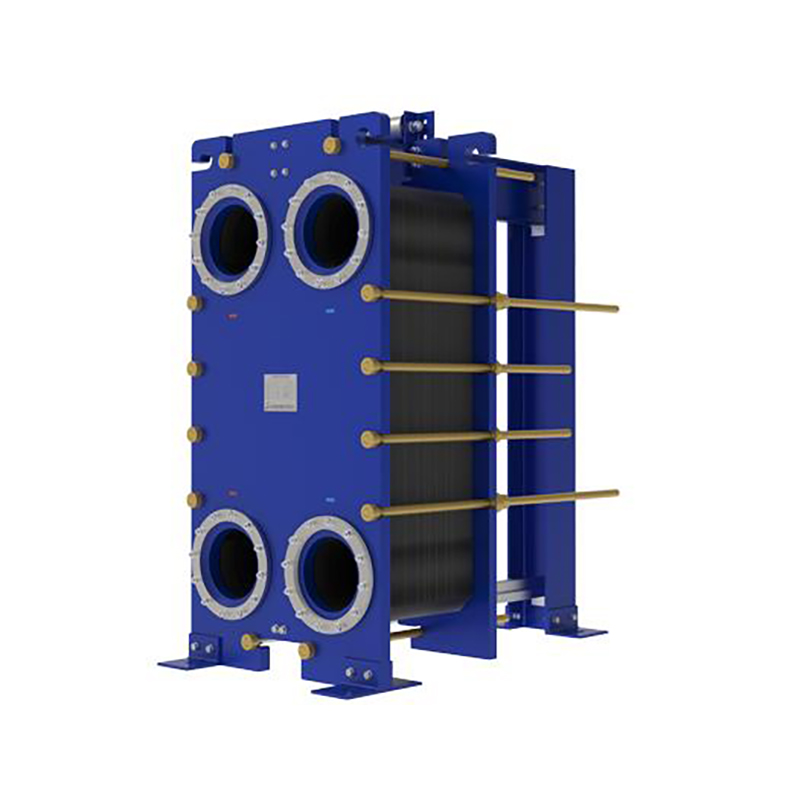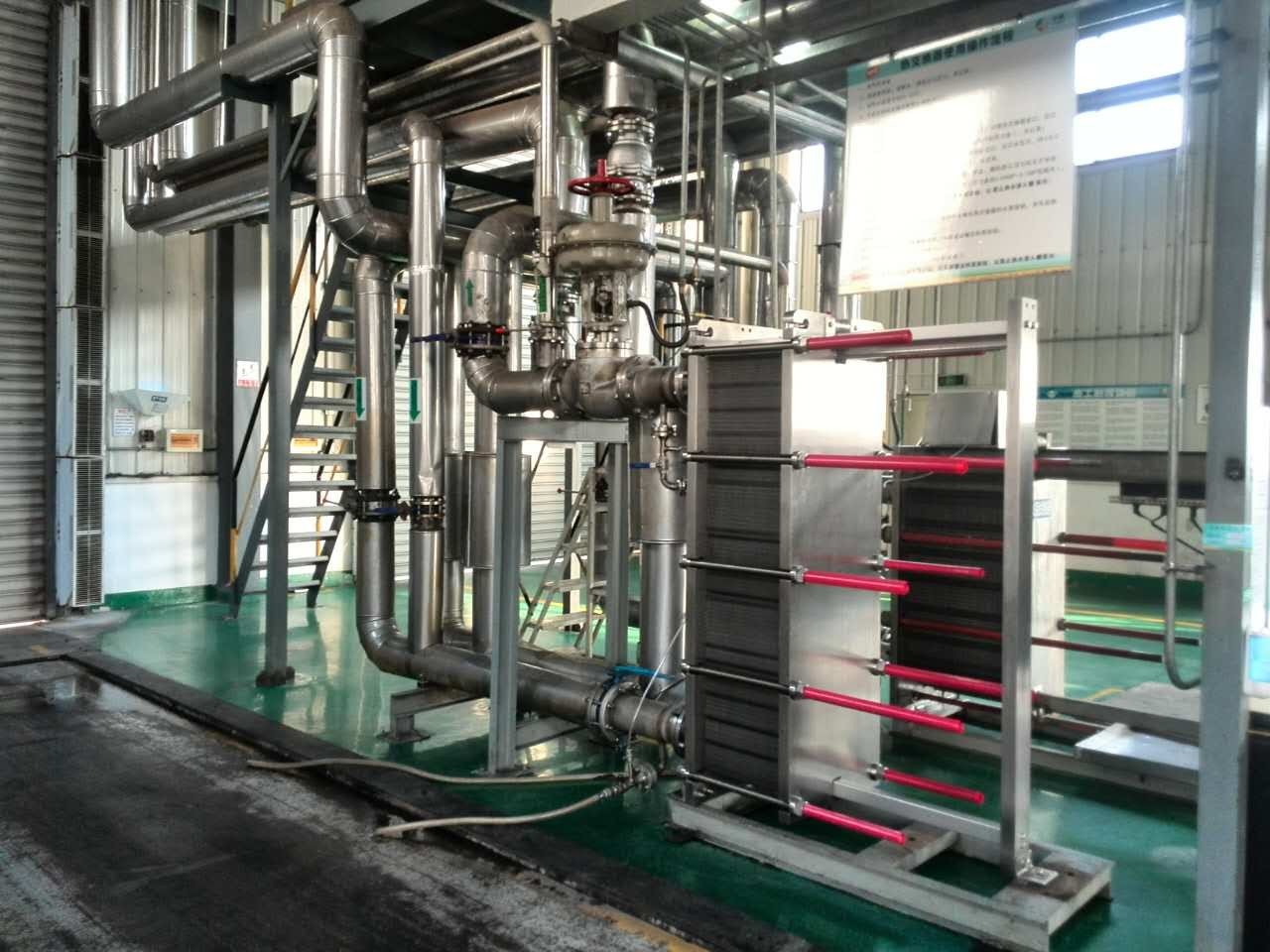How do gaskets prevent leaks in heat exchangers
A gasket in heat exchanger seals surfaces, blocks ...
More
A gasket in a heat exchanger is a critical sealing component, typically made from materials like compressed non-asbestos fiber (CNAF), graphite, PTFE, or metal, designed to prevent leaks of process fluids, maintain system pressure, and ensure thermal efficiency by sealing the gaps between plates in plate heat exchangers (PHEs) or the flanged connections in shell and tube units. Its primary function is to create a reliable barrier that withstands extreme temperatures, pressures, and corrosive media, directly impacting operational safety, energy consumption, and maintenance costs. The selection of an appropriate gasket is paramount, as failure can lead to significant downtime, cross-contamination, and safety hazards, making it a non-negotiable element for efficient heat transfer system integrity.
The necessity of using a specialized gasket in heat exchangers stems from the severe operational conditions these units endure. According to industry data from sources like the Heat Exchanger Design Handbook (HEDH) and maintenance reports from facilities, gasket failures account for approximately 25-30% of all unplanned heat exchanger shutdowns. These failures often result in substantial financial losses; a single incident in a chemical processing plant can lead to production halts costing over $50,000 per hour, not including environmental cleanup or safety fines. The core reason for their use is leak prevention. For instance, in a large plate heat exchanger handling seawater for cooling, a failed nitrile rubber gasket can leak thousands of gallons, leading to corrosion and system contamination. Materials are selected based on rigorous parameters: standard nitrile rubber gaskets operate up to 100-120°C, while expanded graphite gaskets can handle temperatures exceeding 450°C in applications like exhaust gas boilers, and PTFE is chosen for highly corrosive chemical services. Pressure ratings are equally critical; a standard compressed fiber gasket may be rated for 150-300 PSI in a PHE, whereas a spiral-wound metal gasket with a graphite filler can seal flanges in shell and tube exchangers under pressures exceeding 1,000 PSI. The economic argument is compelling. A study by the Heat Transfer Research Institute (HTRI) found that optimizing gasket selection and maintenance schedules can improve overall heat exchanger efficiency by 3-5%. This translates directly into energy savings; for a refinery with hundreds of exchangers, a 3% reduction in energy loss due to better sealing can save over $100,000 annually in fuel costs. Furthermore, data from gasket manufacturers like Garlock or Flexitallic show that using high-performance materials like PTFE-coated or metal-core gaskets, despite a 20-50% higher initial cost compared to standard rubber, can extend service life by 200-300%. This reduces replacement frequency and maintenance labor. For example, a properly specified graphite gasket in a high-temperature oil cooler might last 3-5 years, while an inferior material fails in under 12 months, requiring a full disassembly that takes 16-24 hours of skilled labor. The prevention of cross-contamination is another vital data-driven point. In the food and pharmaceutical industries, a single gasket failure causing mixing of product and coolant can result in the condemnation of an entire batch, valued at hundreds of thousands of dollars, and trigger strict regulatory audits. In summary, the use of a gasket is a fundamental engineering decision based on quantifiable factors of safety, efficiency, and total cost of ownership, making it an indispensable component for reliable thermal processing.
Select the most popular foreign trade service products to meet your diverse needs
Learn more about the dynamics and professional knowledge of the foreign trade industry

A gasket in heat exchanger seals surfaces, blocks ...
More
Plate heat exchanger gaskets perform 5 key roles: ...
MoreAPI 662 defines standards for plate heat exchanger...
More
What the carrying bar does in a PHE—support, align...
More
Plate heat exchangers deliver high thermal efficie...
MoreModern HVAC heater exchangers in 2025 offer superi...
MoreSelect the most popular foreign trade service products to meet your diverse needs
Explore more content related to foreign trade services

User Comments
Service Experience Sharing from Real Customers
Michael Rodriguez
Maintenance EngineerThese gaskets are exceptional. We installed them in our shell and tube heat exchangers six months ago and they've withstood high temperatures and pressures with zero leaks. The material quality is top-notch and far exceeds other brands we've tried. Highly reliable for critical applications.
Sarah Chen
Plant ManagerOutstanding performance and durability. As a plant manager, downtime is my biggest concern. These gaskets have significantly extended our maintenance intervals on our plate heat exchangers. The seal is perfect, and they handle thermal cycling beautifully. A fantastic product that delivers on its promises.
David Wilson
HVAC TechnicianGreat product for the price. Used these in several commercial HVAC heat exchanger units. They fit perfectly and were easy to install. The seal is holding up well against refrigerant and constant temperature changes. A solid, reliable choice that makes my job easier.
Emily Johnson
Process TechnicianAbsolutely impressed. We process highly corrosive fluids, and finding a gasket that lasts more than a few months in our heat exchangers was a challenge. These have been in service for over a year with no signs of degradation or leakage. They have drastically improved our operational efficiency and safety.